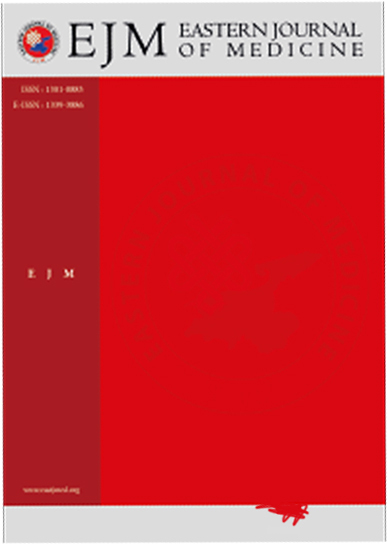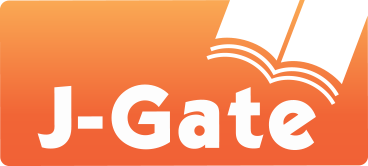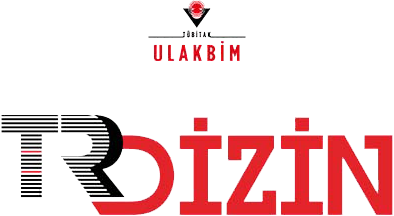Healthy Baby Monitoring: Relationship with Women's Knowledge Levels and Health Literacy Levels in Primary Care
Muhammed Mustafa Beyoğlu1, Levent Çevik21Onikisubat District Health Directorate, Kahramanmaras, Türkiye2Dursun Odabas Medical Center, Yüzüncü Yıl Universıty, Van, Türkiye
INTRODUCTION: We aimed to determine the knowledge levels of women of reproductive age regarding healthy baby monitoring, assess their health literacy levels, identify the influencing factors, raise awareness on the topic, and address any deficiencies if present.
METHODS: Sociodemographic data, healthy baby monitoring survey questions, and Adult Health Literacy Scale results of women aged 18-49 appling to primary healthcare services were recorded. For group comparisons, the Mann-Whitney U test and Kruskal-Wallis test were used. Continuous data were expressed as mean ± standard deviation (SD) values and categorical data as number (n). A p-value of <0.05 was considered statistically significant.
RESULTS: The mean age of the participants (n=196) was 29.22±8.52. A total of 123 participants were married, and 105 had children. Twenty-seven mothers reported receiving support regarding infant care. The mean score for healthy baby monitoring was significantly higher among participants whose income exceeded their expenses, those aged 2431 and 32 years or older, those who graduated from secondary school, civil servants, mothers, and among those with one child compared to others. The average AHLS score was higher and showed a significant difference among university graduates, civil servants, singles, those without children, and those with one child. A significant positive correlation was found between the healthy baby monitoring score and the AHLS score (r=0.538, p=0.00).
DISCUSSION AND CONCLUSION: Easily accessible and flexible educational programs should be offered to women aged 18-49 at the primary healthcare services. Additionally, responsibilities should be distributed among families, and interactive monitoring and vaccination programs should be established.
Manuscript Language: English














